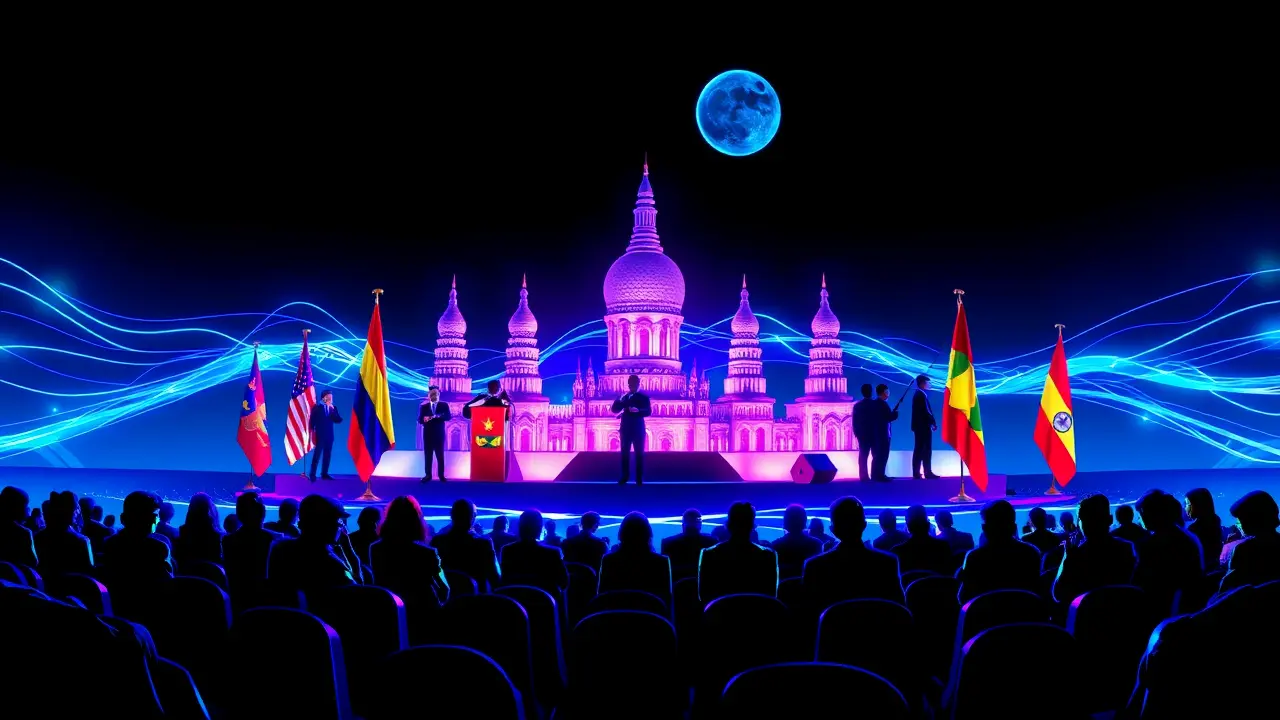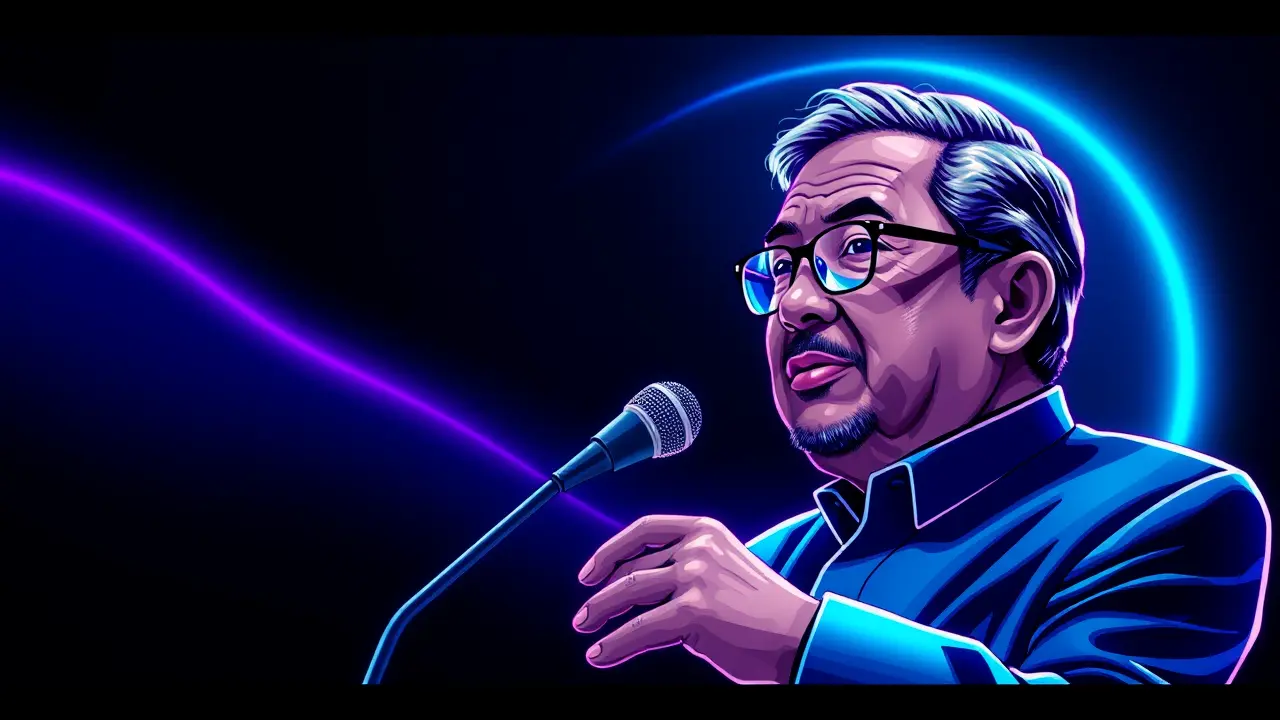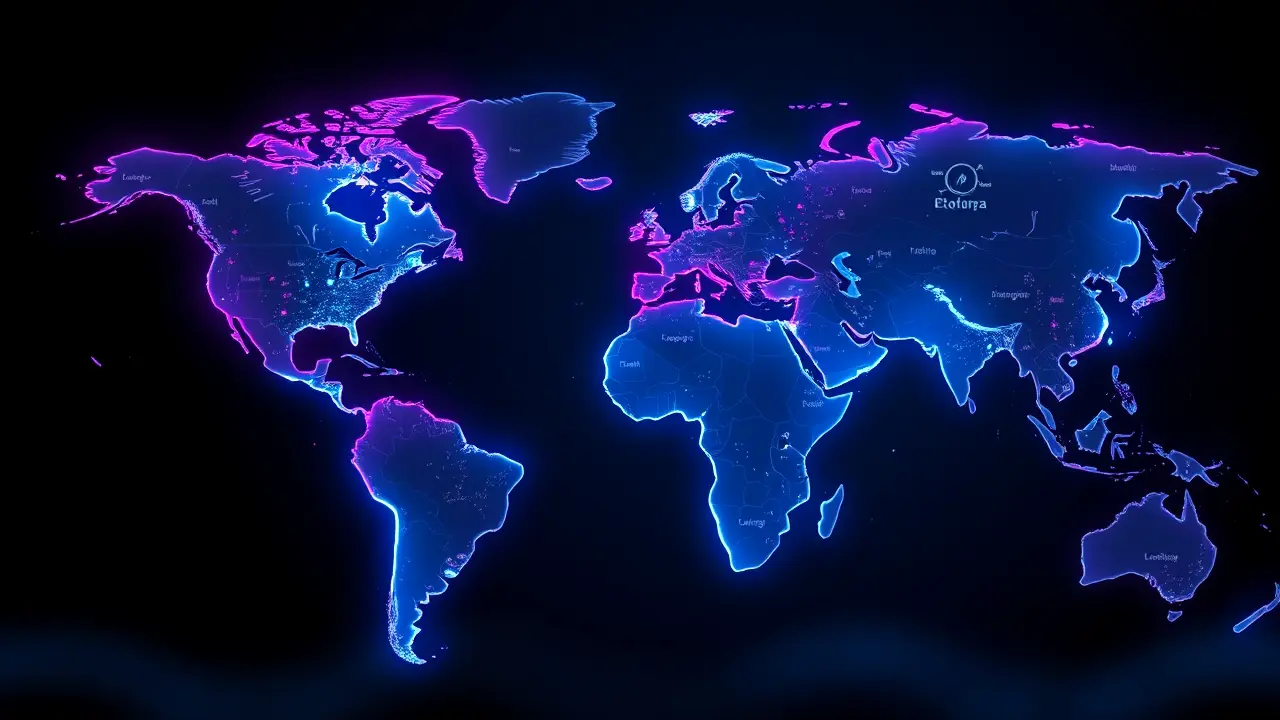
PoliticsdiplomacyInternational Organizations
UNESCO Conference in Samarkand Highlights Cultural Crossroads.
AN
Andrew Blake
2 days ago7 min read
When UNESCO Director-General Audrey Azoulay stood in the ancient city of Samarkand and declared the moment 'historic,' she was tapping into a narrative thread that stretches back over two millennia, a recognition that this was far more than just another diplomatic gathering. Samarkand isn't merely a location; it's a living palimpsest of human civilization, a place where the very dust seems to whisper tales of Silk Road caravans, of Alexander the Great's ambitions, of Timur's sprawling empire, and of the relentless exchange of ideas, art, and science that shaped our modern world.Describing it as one of the world's 'most luminous cultural crossroads' is not just poetic flourish—it's a geopolitical and historical fact. This conference, therefore, represents a critical modern-day convergence on that same storied ground, a deliberate choice to leverage that profound legacy to address contemporary global challenges.The very essence of UNESCO—the United Nations Educational, Scientific and Cultural Organization—is embodied by Samarkand's history; its mission to build peace through international cooperation in education, the sciences, culture, communication, and information is a direct continuation of the city's ancient role. One can almost draw a straight line from the 8th-century Paper Mill of Samarkand, which revolutionized the spread of knowledge across the Islamic world and into Europe, to today's debates on digital cultural preservation and the ethics of artificial intelligence in heritage management.The choice of venue signals a strategic pivot, a move away from the traditional European hubs of such discourse to re-center the narrative on the vital, often overlooked, contributions of Central Asia. This isn't just symbolism; it has tangible implications for funding, focus, and global cultural policy.We're likely seeing a renewed push for the safeguarding of intangible cultural heritage—the languages, rituals, and crafts that are disappearing at an alarming rate—and a fortified stance against the illicit trafficking of antiquities, a black market that fuels conflict and erases national identities. Experts in cultural diplomacy would argue that this Samarkand meeting is a direct response to the rising tide of nationalism and cultural isolationism observed in many parts of the world; it's a reaffirmation that our shared human story is fundamentally one of mixture and dialogue, not of purity and separation.The consequences of the discussions held there will ripple outwards, influencing everything from World Heritage Site designations and restoration projects in conflict zones to educational curricula that emphasize a more interconnected view of history. In a world increasingly fragmented by digital echo chambers and physical borders, the act of convening in a place that was, for centuries, the antithesis of such fragmentation is a powerful, and indeed historic, statement. It’s a reminder that the crossroads is not just a place where paths meet, but a crucible where the future is forged from the fragments of the past, and Samarkand, in all its luminous glory, stands once again as a testament to that enduring human project.
#UNESCO
#Samarkand
#Uzbekistan
#cultural heritage
#diplomacy
#international summit
#featured
Stay Informed. Act Smarter.
Get weekly highlights, major headlines, and expert insights — then put your knowledge to work in our live prediction markets.
Related News
Comments
It’s quiet here...Start the conversation by leaving the first comment.
© 2025 Outpoll Service LTD. All rights reserved.













